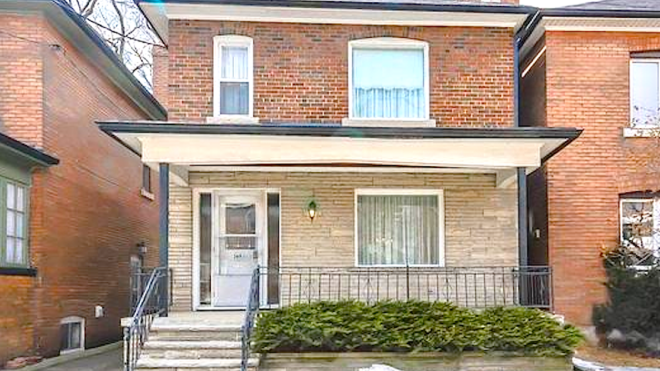Homelessness is an enormous problem in the U.S.
It's a pretty shameful one, but also has a more complex solution than sticking homeless people into empty houses, due to the many issues plaguing many of these people, like health and substance abuse issues.
But across the country, charitable organizations, volunteers, designers, students, and architects, as well as the homeless populations themselves, are working together to create places that people can finally call home.
Traditionally, homeless people in the U.S. were placed in "transitional" or temporary housing, such as shelters and halfway houses. These places got them off the street, but only allow them to stay for a certain time.
Therefore, it's a precarious position, and certainly not one that provides comfort or peace of mind. It also doesn't provide a permanent address, which is something required when finding a job.
That's where the Housing First initiative comes in. It sets homeless people up with housing first, and then works to get them whatever services they may need.
The core of the motion is that establishing a home is the most important thing. It's also important to provide the residents with what they want, and to include them in the design and building process.
And what about space? Well, the creators of these housing "villages" took a cue from a popular housing trend: the tiny house!
Check out the amazing tiny villages that are popping up in U.S. cities, and how they're helping the homeless get the foundations (literally) that they need.
[H/T: Curbed]
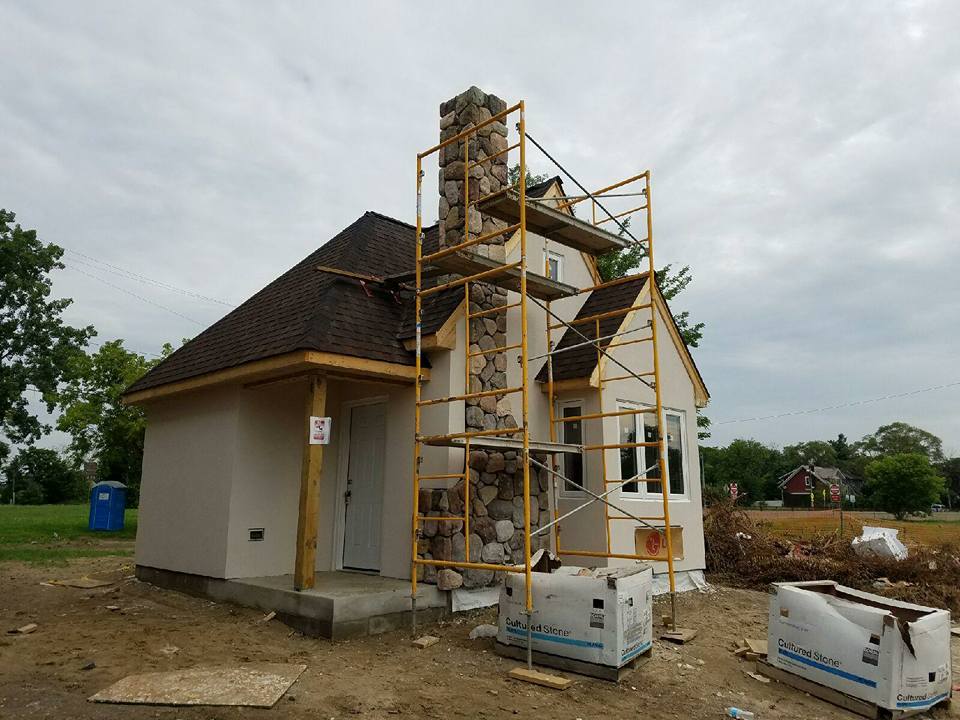
Homelessness is a major problem all across the country, especially in and around major cities.
But the good news is that in these same cities, there are kindhearted people ready to provide affordable housing for the homeless populations.
Cass Community Social Services in Detroit, Michigan, is one such organization. They're currently putting together a neighborhood of fully-equipped, affordable tiny houses for formerly homeless and low-income residents.
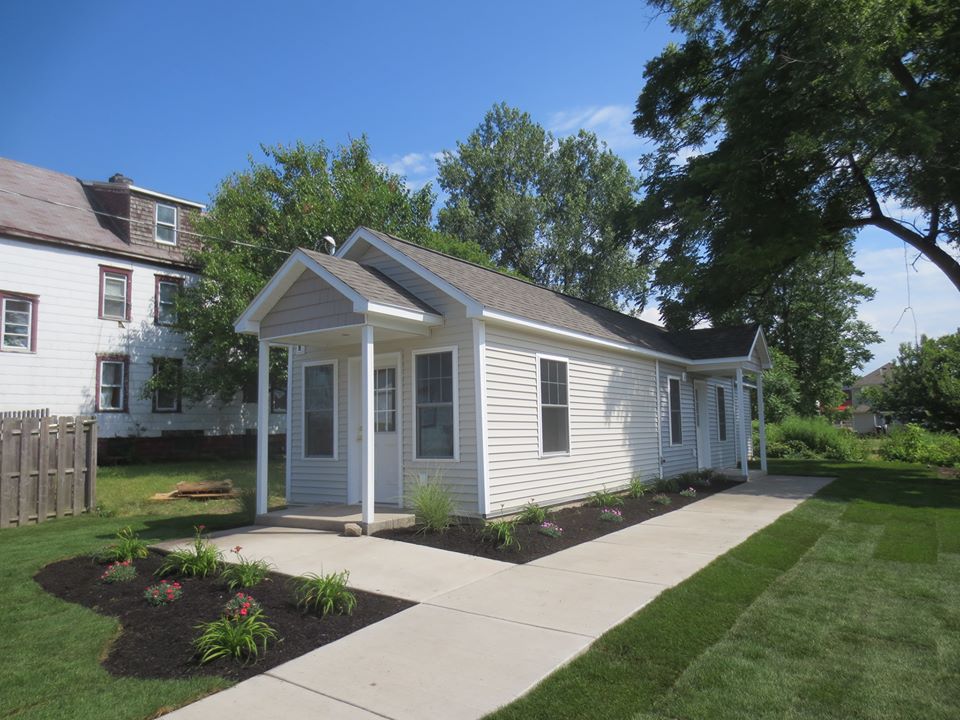
Many of the organizations work with other nonprofits and their local communities to help raise donations and funding, and have unique models based on the population's needs.
A Tiny Home For Good serves homeless veterans in Syracuse, New York, providing them with 240-square foot houses and sliding-scale rent, based on what they can afford.
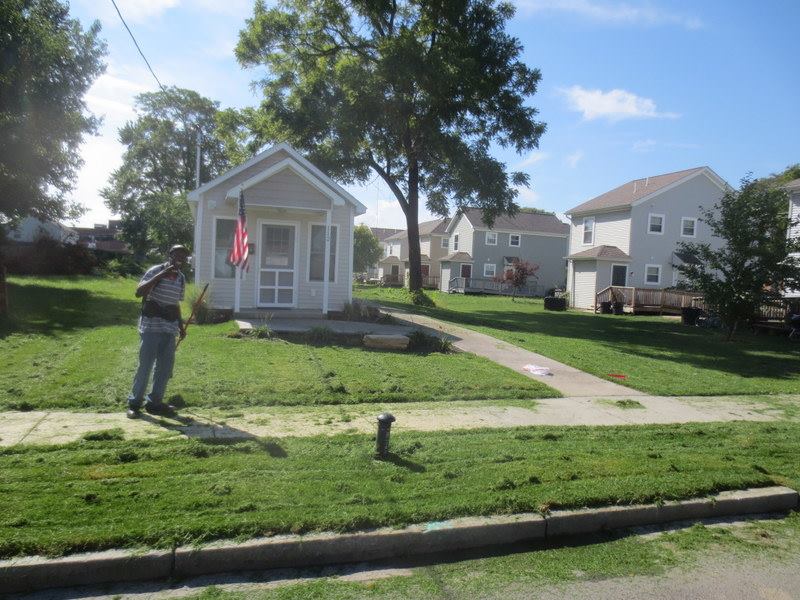
The houses each have a living area, a bed, a kitchen, and a bathroom, and A Tiny Home For Good also works with non-profit Operation Northern Comfort, which provides construction and home repair services for those in need.
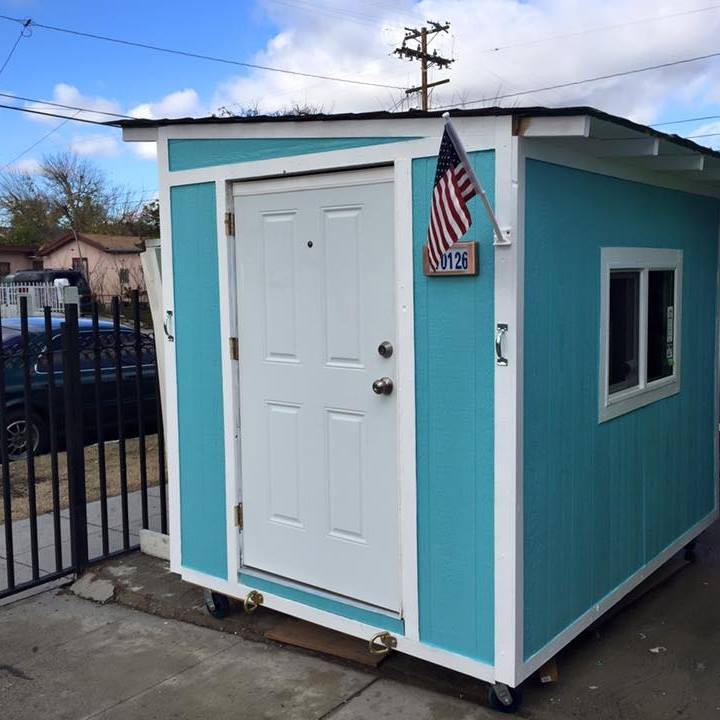
Located in Los Angeles, My Tiny House Project LA (MYTHPLA) has been offering tiny homes to homeless folks across the country for years.
Founder Elvis Summer got his start by building tiny mobile shelters out of found materials and giving them to homeless people so they'd have a safe place to sleep at night.

Since then, MYTHPLA has provided mobile shelters, as well as stationary ones, and is looking to move forward with plans for a tiny house village in the LA area.
MYTHPLA offers the tiniest of dwellings, but they come with solar panels for power and portable camping toilets.
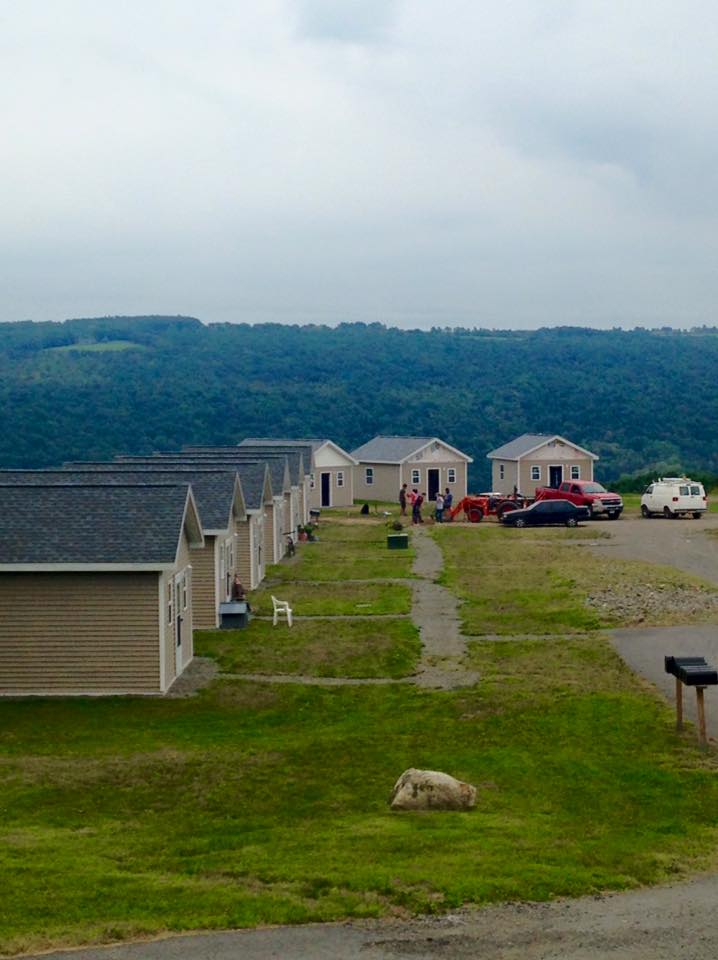
Tiny house villages — like this one created in Newfield, New York, by Second Wind Cottages — are becoming more popular, thanks to the idea known as "Housing First." This works off the idea that homeless people need a home before anything else, and once they have a place to lay their head, they can start to rebuild other areas of their life.
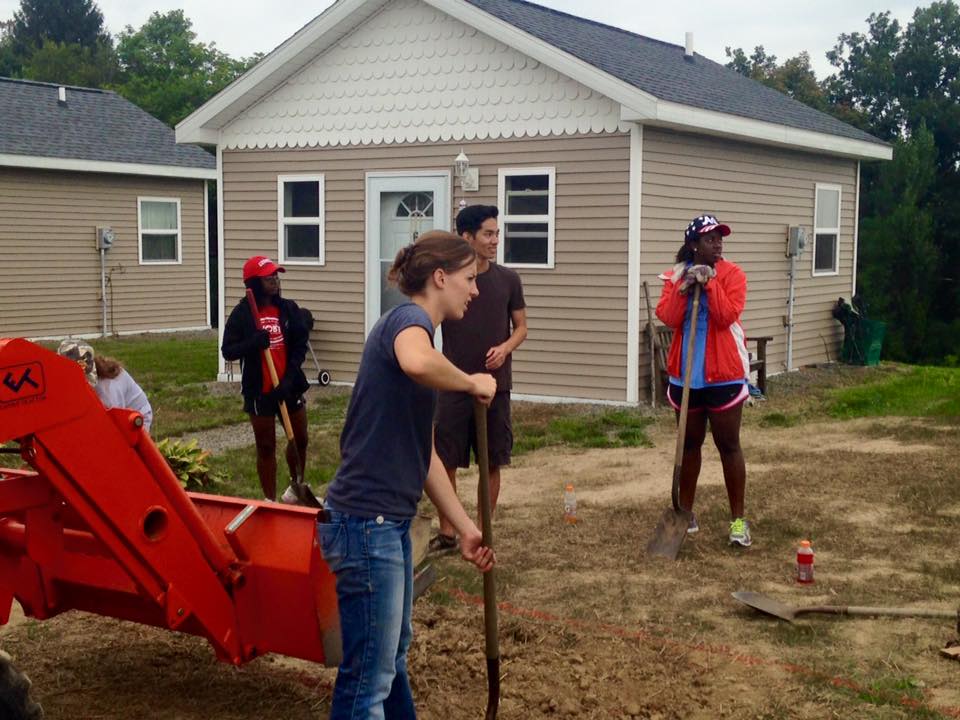
Without a home, and thus without an address, it can be near impossible to apply for a job. Having a house with an address makes the prospect of getting a job a little easier, and provides a sense of stability, especially for homeless families.
At Second Wind, as with many of the other tiny house villages, the construction is completed by volunteers from local schools, churches, and other organizations.
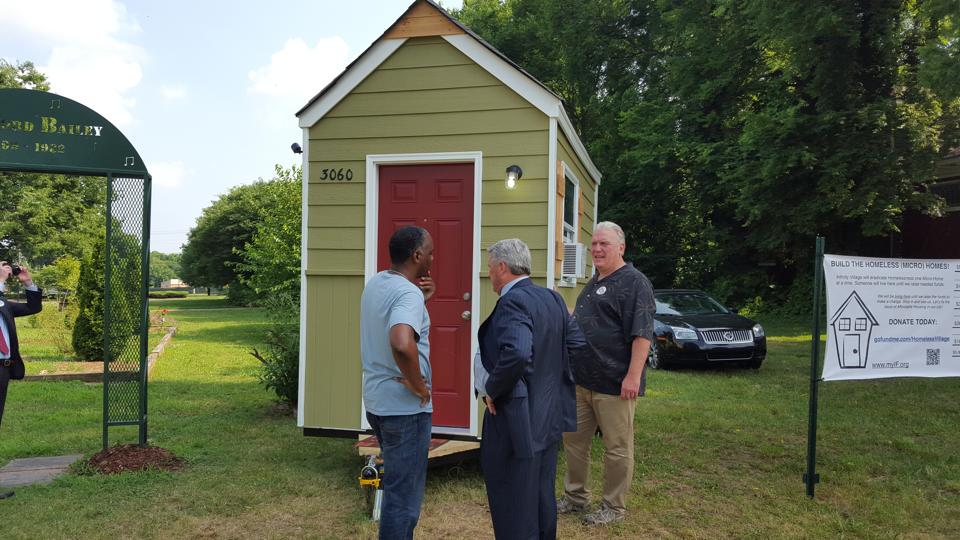
These villages also show what happens when communities come together for the greater good. They make real change, improve lives, and inspire others to get out and make a difference, too.
Infinity Fellowship is an interfaith community in Nashville, Tennessee, and — with help from donations — has already built six of these micro-shelters, with plans to build more.
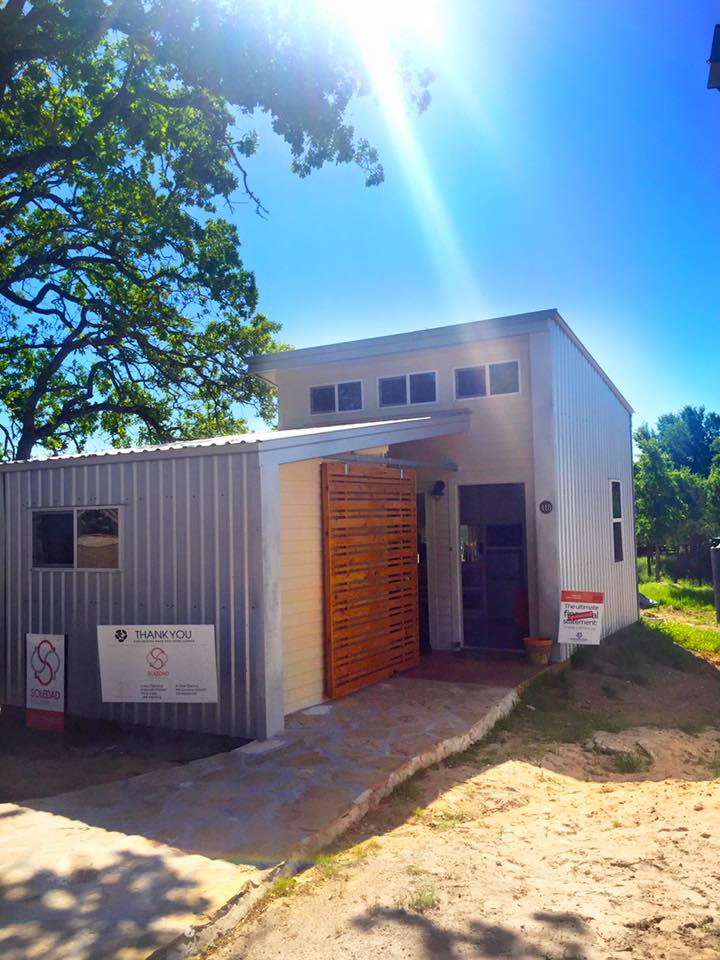
The tiny house villages also seek to bring people together. Besides not having literal homes, many homeless people feel isolated and disconnected from their communities.
Mobile Loaves & Fishes is tackling both housing and connection in Austin, Texas, by creating a planned community that not only has a variety of houses, but also offers places of worship, medical care, community gardens, and even an outdoor movie theater.
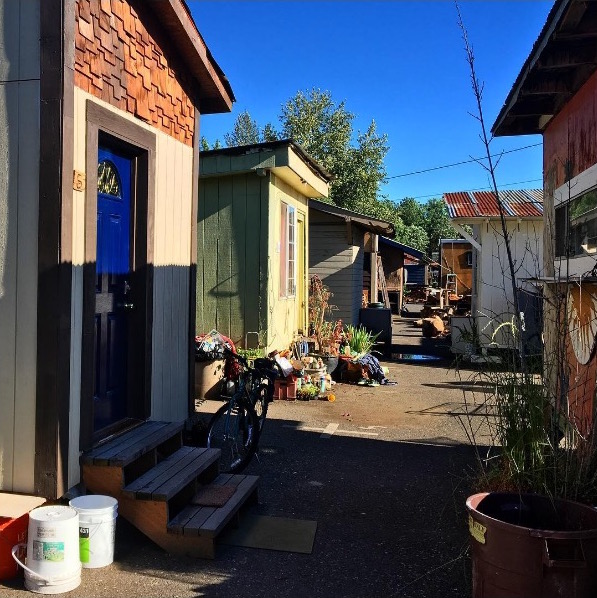
Not only do the villages bring homeless people together, but they also introduce them to the rest of the community.
Many times, homeless people are ignored and even avoided, but by working with them, the rest of the community can come to know them as real, valuable people.
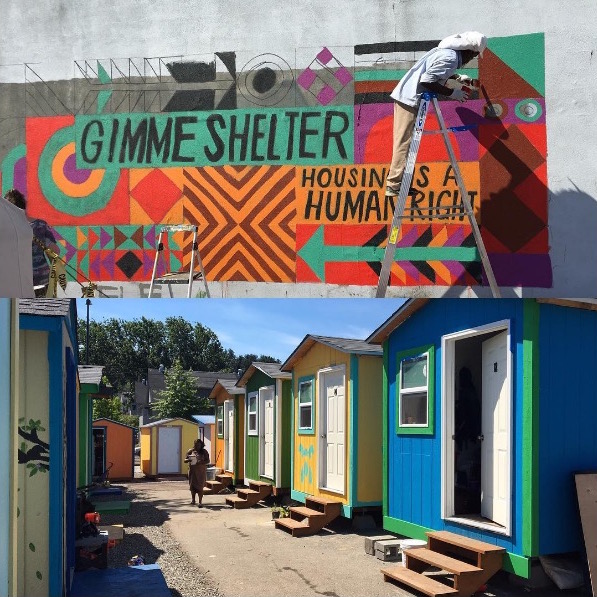
Othello Village in Seattle, WA, was created in collaboration with the Low Income Housing Institute. It is a city-sanctioned homeless encampment that provides water, garbage services, and counseling to the residents.
It also shows the people here, who have likely had rough and depressing events in their lives, that they are still cared for and valued.
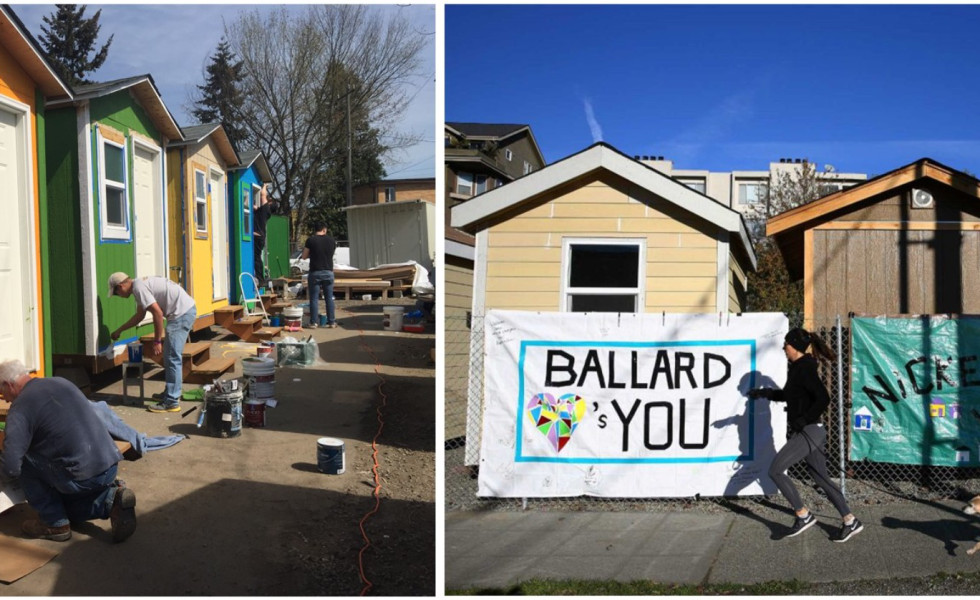
Humans need physical shelter, but we also need the shelter of other people — the emotional and personal connections and the relationships we form with them. It's what makes us human.
These villages allow isolated people to experience both kinds of shelter, and bring people together to create even more good.
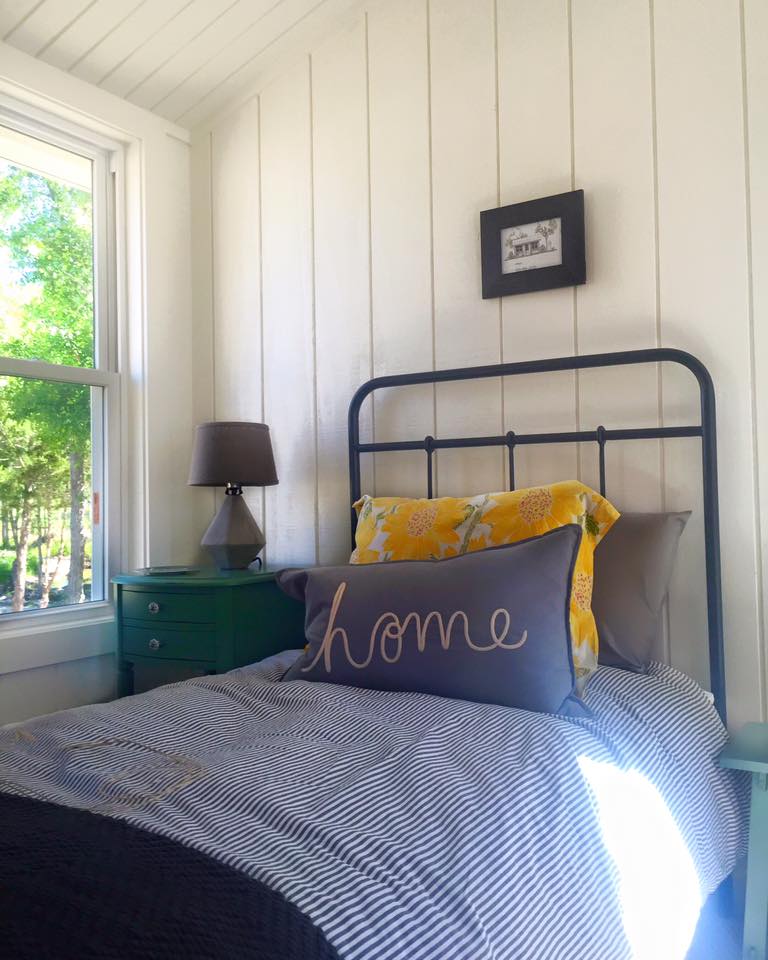
Because after all, there's no place like home.
You can learn more about these organizations and projects by clicking the links found throughout this article or under the photos. If you'd like to get involved, many accept donations, and if you're really inspired, see what your community is doing to help its vulnerable populations.
And as always, SHARE these tiny villages to spread the idea and maybe even help more people!



